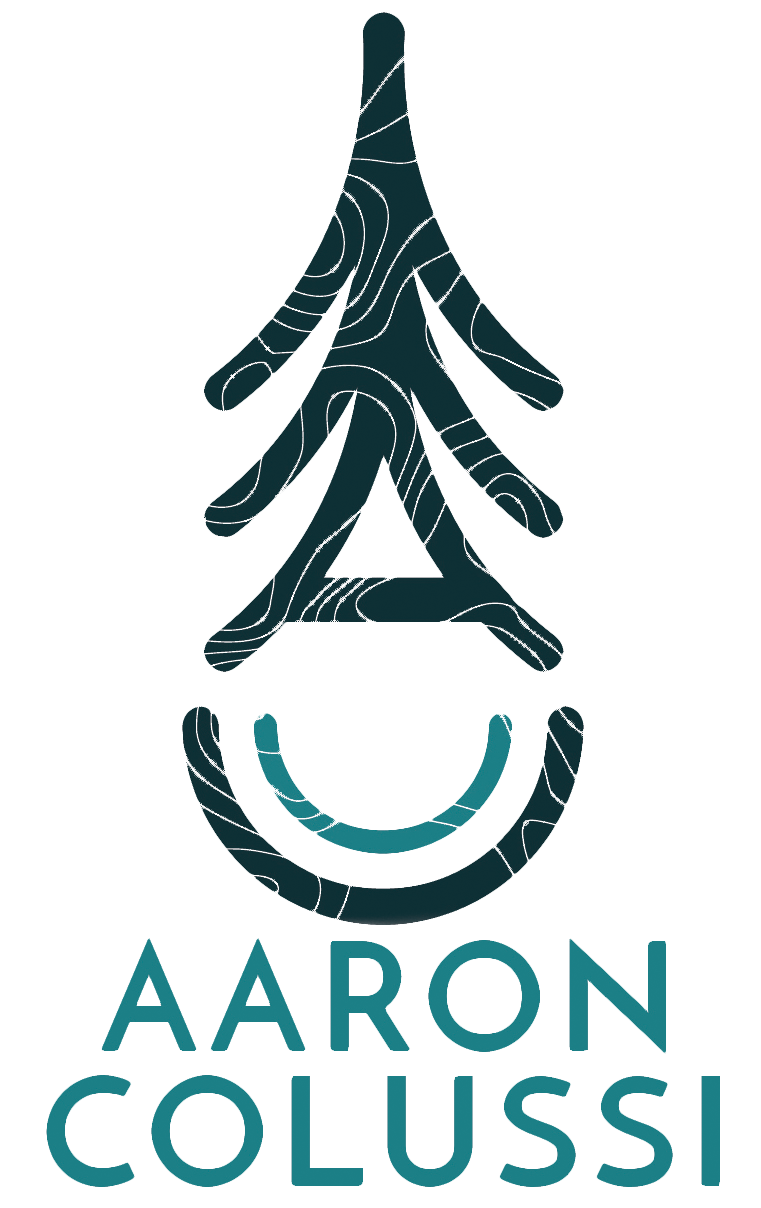How to film the end of the world? When I was asked if I could flim what the earth looked like 66 million years ago at the point of impact for the dino killing asteroid, I told them, sure, no problem… For nearly a month I set out to remote wildfires across the country. I lived out of my truck and worked off an incredibly stripped down camera set up. In order to get the desired footage, hikes of up to 15 miles per day were required, with none of it on trails. With such intense heat from the near 100 foot flames, matte boxes would become stove tops, and large batteries would be liabilities. Even with the most efficient set up, we had lenses melt, and even had to deal with direct retardant drops. But it was all worth it as we got the shots.
To top it all off, I was next asked to film what the earth looked like AFTER the end of the end of the world! To gather footage of what the earth looked like the millennia after the meteor strike, we travelled to remote North American deserts, places without people, without roads, without any form of civilization. I employed a similar stripped down set up as for the wildfires in order to hike remote desert peaks, windy sand dunes, ancient lake beds, and barren wastelands. I spent the hottest day on record, 135 degrees, in the far corner of Death Valley and learned that cameras don’t really function at about 110 degrees, which was 7am…
